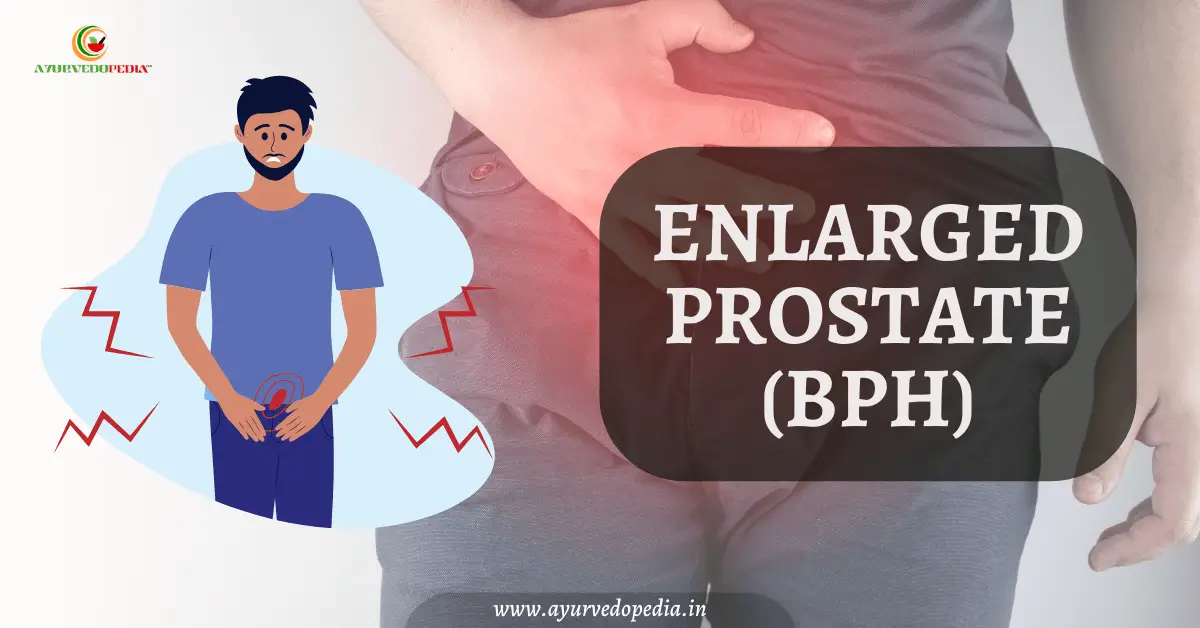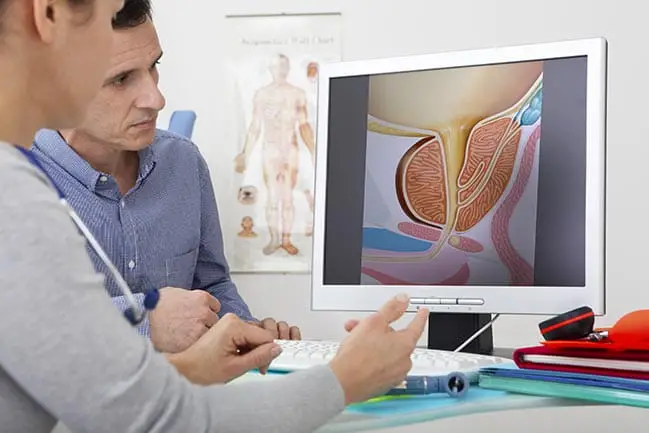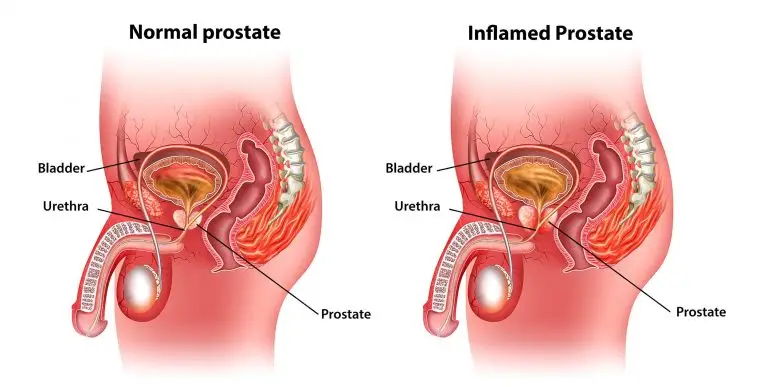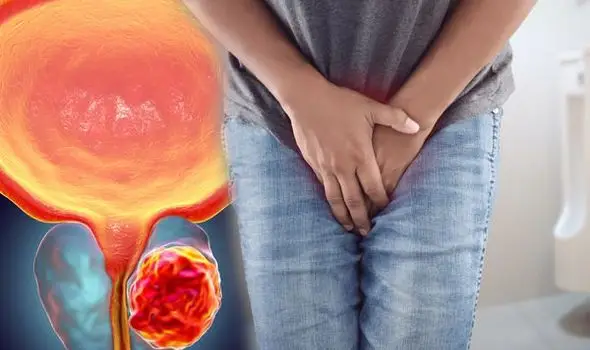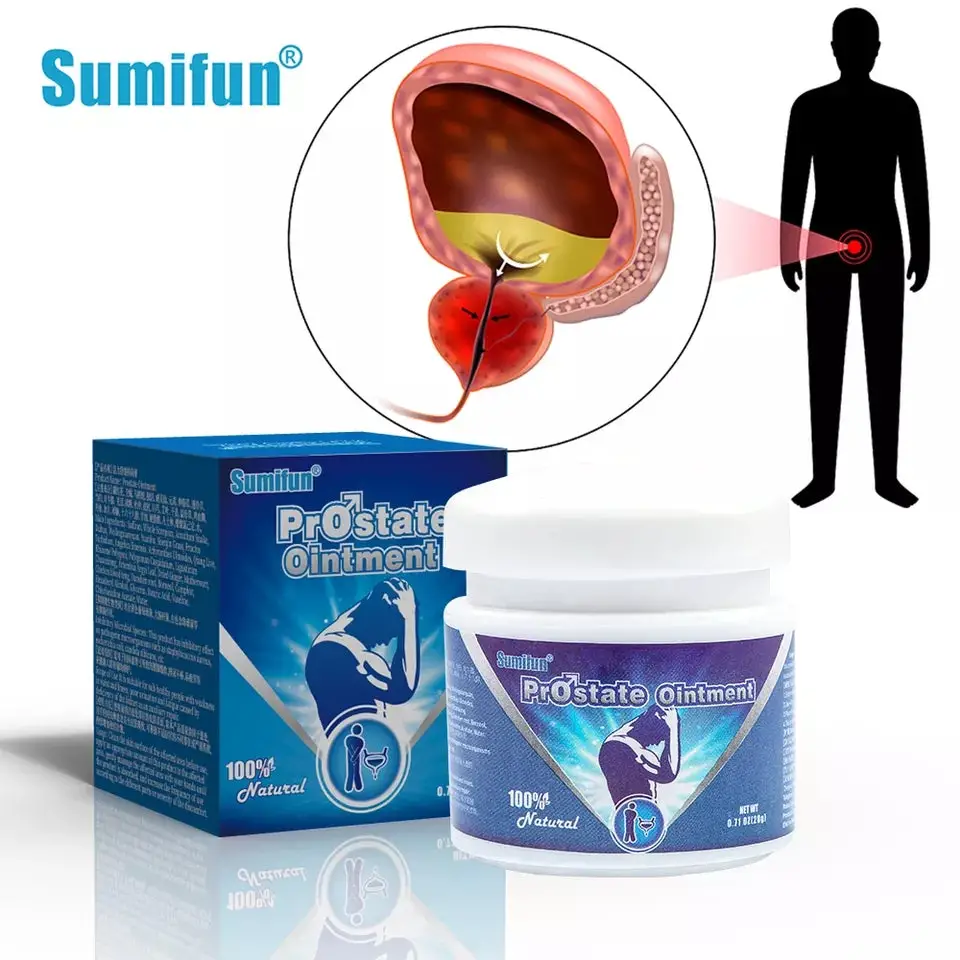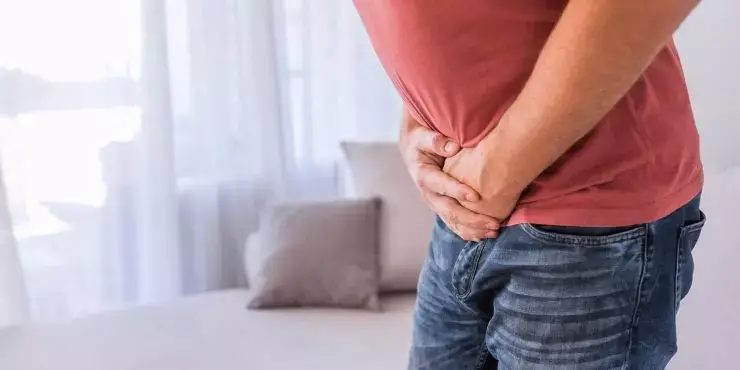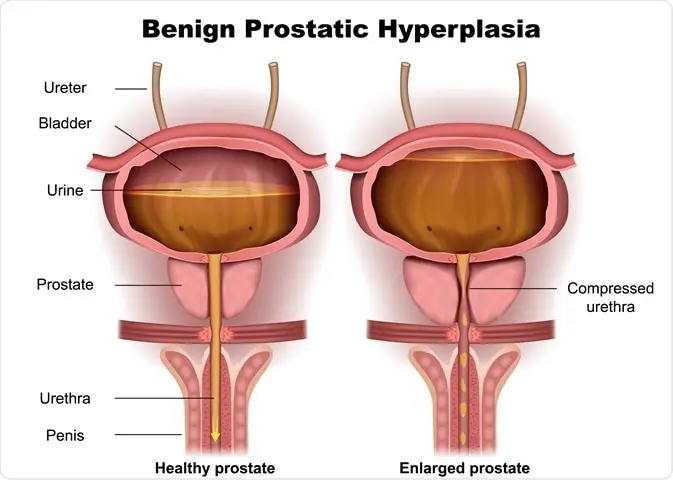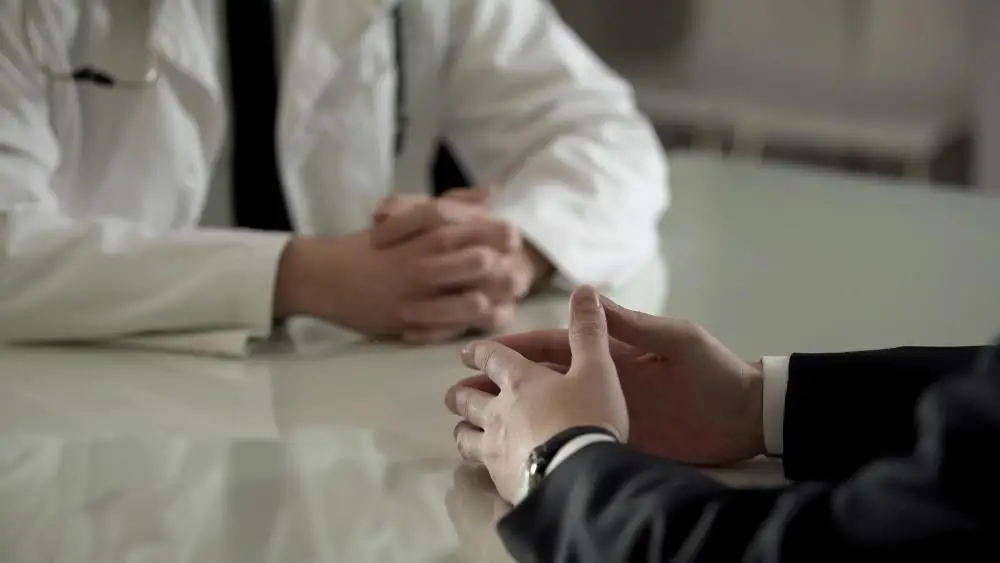Understanding Enlarged Prostate Pain Causes, Symptoms, and Relief
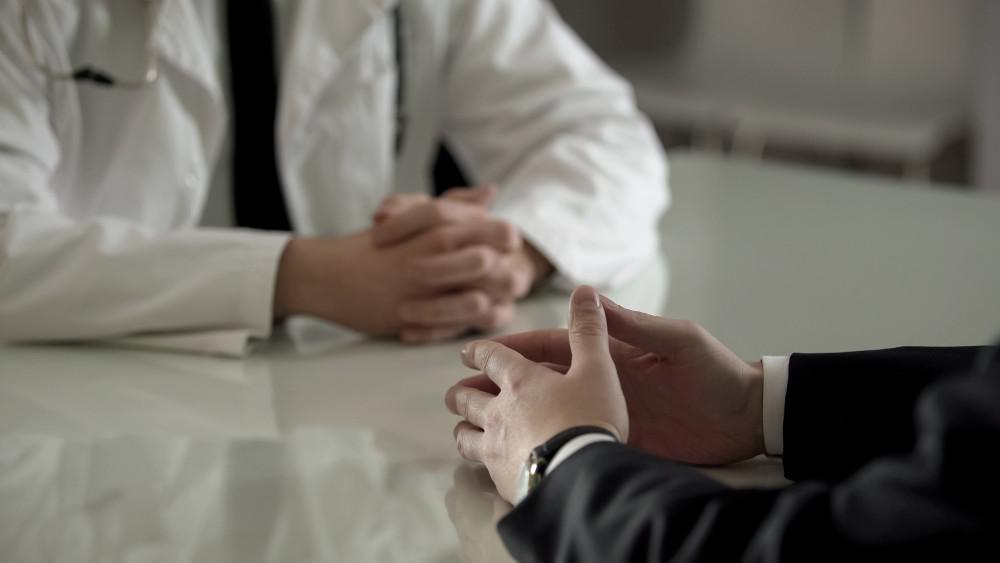
s men age, the prostate gland can become enlarged, leading to a condition known as benign prostatic hyperplasia (BPH). This enlargement can cause a variety of symptoms, including pain, which can significantly impact the quality of life. In this article, we will explore the causes, symptoms, and relief options for enlarged prostate pain.
Enlarged Prostate Pain
The prostate gland is a small, walnut-sized organ located just below the bladder in men. Its main function is to produce fluid that nourishes and protects sperm. However, as men age, the prostate gland can grow larger, putting pressure on the urethra and causing urinary problems.
One of the most common symptoms of an enlarged prostate is pain. This pain can manifest in various ways and vary in intensity. Some men may experience mild discomfort, while others may have severe pain that affects their daily activities. Let’s take a closer look at the different types of pain associated with an enlarged prostate.
Painful Urination
Painful urination, also known as dysuria, is a frequent symptom of BPH. It can be described as a burning or stinging sensation during urination. This pain is caused by the enlarged prostate putting pressure on the urethra, making it difficult for urine to pass through. As a result, the bladder has to work harder to push the urine out, leading to discomfort and pain.
In addition to pain, men with BPH may also experience other urinary symptoms, such as difficulty starting urination, a weak stream, or hesitancy (having to wait for the urine to start flowing). These symptoms can be frustrating and embarrassing, and they can significantly impact a man’s quality of life.
Painful Ejaculation
Although less common, some men with an enlarged prostate may experience pain during ejaculation. This pain can be felt in the penis, testicles, or perineum (the area between the scrotum and anus). It is caused by the pressure of the enlarged prostate on the surrounding nerves and tissues.
Painful ejaculation can also be a sign of other conditions, such as prostatitis (inflammation of the prostate) or prostate cancer. Therefore, it is essential to consult a doctor if you experience this symptom.
Enlarged Prostate Pain Relief
Living with enlarged prostate pain can be challenging, but there are various treatment options available to help manage the symptoms. These include lifestyle changes, medication, and surgery. Let’s take a closer look at each of these options.
Lifestyle Changes
Making some simple lifestyle changes can often provide relief from enlarged prostate pain. These changes may include:
- Limiting fluid intake before bedtime to reduce the need for frequent nighttime urination.
- Avoiding caffeine and alcohol, which can irritate the bladder and worsen urinary symptoms.
- Practicing pelvic floor exercises, also known as Kegel exercises, to strengthen the muscles that control urination.
- Maintaining a healthy weight, as obesity has been linked to an increased risk of BPH.
Medication
There are several types of medication that can help relieve enlarged prostate pain and improve urinary symptoms. These include:
- Alpha-blockers: These medications relax the muscles in the prostate and bladder neck, making it easier to urinate.
- 5-alpha reductase inhibitors: These drugs work by shrinking the prostate gland, reducing its size and relieving pressure on the urethra.
- Combination therapy: Some men may benefit from taking both alpha-blockers and 5-alpha reductase inhibitors together.
- Pain relievers: Over-the-counter pain relievers, such as ibuprofen or acetaminophen, can help alleviate discomfort associated with an enlarged prostate.
It is essential to consult a doctor before taking any medication, as they can advise on the best treatment option for your specific case.
Surgery
In severe cases of BPH, surgery may be necessary to relieve enlarged prostate pain and improve urinary symptoms. The most common surgical procedures for BPH include:
- Transurethral resection of the prostate (TURP): This procedure involves removing part of the prostate gland that is pressing against the urethra.
- Transurethral incision of the prostate (TUIP): Similar to TURP, this procedure involves making small cuts in the prostate to widen the urethra.
- Laser therapy: This minimally invasive procedure uses a laser to destroy excess prostate tissue, reducing its size and relieving pressure on the urethra.
Surgery is usually considered a last resort when other treatment options have failed, and the symptoms are significantly impacting a man’s quality of life.
Enlarged Prostate Pain After Ejaculation
As mentioned earlier, some men with an enlarged prostate may experience pain during ejaculation. This pain can be caused by various factors, including inflammation, infection, or nerve damage. It is essential to consult a doctor if you experience pain after ejaculation, as it could be a sign of a more serious condition.
To diagnose the cause of pain after ejaculation, a doctor may perform a physical exam, review your medical history, and order additional tests, such as a urine test or a prostate-specific antigen (PSA) blood test.
Treatment for pain after ejaculation will depend on the underlying cause. In some cases, antibiotics may be prescribed to treat an infection, while anti-inflammatory medications may be recommended for inflammation. If nerve damage is the cause, nerve blocks or other pain management techniques may be used.
Enlarged Prostate Pain When Sitting
The enlarged prostate can put pressure on surrounding nerves and tissues, causing discomfort while sitting for extended periods. This pain can be dull or sharp and may come and go. It can also radiate to the lower back, abdomen, or groin area.
To alleviate pain when sitting, try using a cushion or pillow to support your lower back and relieve pressure on the prostate gland. You can also try changing positions frequently or taking breaks from sitting to stretch and move around.
Enlarged Prostate Pain Location
The location of enlarged prostate pain can vary depending on the individual. Some men may experience pain in the lower abdomen, while others may feel it in their lower back or groin area. The pain may also radiate to other areas, such as the penis, testicles, or perineum.
If you are experiencing pain in any of these areas, it is essential to consult a doctor for proper diagnosis and treatment.
Enlarged Prostate Pain Relief Medicine
As mentioned earlier, medication can be an effective way to relieve enlarged prostate pain. However, it is essential to consult a doctor before taking any medication, as they can advise on the best treatment option for your specific case.
In addition to prescription medication, there are also over-the-counter pain relievers that can help alleviate discomfort associated with an enlarged prostate. These include ibuprofen, acetaminophen, and aspirin. However, it is crucial to follow the recommended dosage and consult a doctor if the pain persists.
Enlarged Prostate Pain in Back
Enlarged prostate pain can sometimes radiate to the lower back, causing discomfort and making it challenging to sit or stand for extended periods. This pain is usually caused by the pressure of the enlarged prostate on surrounding nerves and tissues.
To relieve pain in the back, try using a heating pad or taking a warm bath. Gentle stretching exercises can also help alleviate tension and discomfort in the back muscles.
Enlarged Prostate Pain in Anus
Some men with an enlarged prostate may experience pain in the anus, which can be described as a dull ache or pressure. This pain is caused by the pressure of the enlarged prostate on the surrounding nerves and tissues.
To relieve pain in the anus, try using a cushion or pillow to support your lower back and relieve pressure on the prostate gland. You can also try taking warm baths or using over-the-counter pain relievers.
Enlarged Prostate Pain in Legs
Enlarged prostate pain can sometimes radiate to the legs, causing discomfort and making it challenging to walk or stand for extended periods. This pain is usually caused by the pressure of the enlarged prostate on surrounding nerves and tissues.
To alleviate pain in the legs, try doing gentle stretches or taking breaks from standing or walking to rest. You can also use a heating pad or take a warm bath to soothe the muscles and relieve tension.
Conclusion
Enlarged prostate pain can significantly impact a man’s quality of life, but there are various treatment options available to help manage the symptoms. If you are experiencing any pain or discomfort associated with an enlarged prostate, it is essential to consult a doctor for proper diagnosis and treatment. By understanding the causes, symptoms, and relief options for enlarged prostate pain, you can take control of your health and improve your overall well-being.

